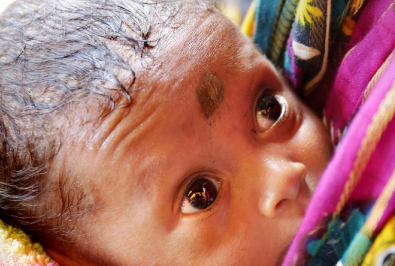Sikkim, a state in India, is offering cash incentives to encourage couples to have more babies, as the situation in the state has gotten so dire that the local government is essentially paying people to have babies. This is due to the fact that while India as a whole, with 1.4 billion people and growing, will soon become the most populous country in history, the population growth is highly uneven, with a couple of states in the underdeveloped north accounting for much of it. In fact, recent surveys show that in the majority of Indian states, fertility rates have fallen well below the replacement level of 2.1, and the country is fast approaching the replacement level itself. Due to the large population, poverty, and strain on resources, the Indian government initiated population control efforts to decrease the birth rate with the current target being at 2.1 children per woman. However, the situation in Sikkim highlights the unevenness of population growth in India, with some states having a much lower fertility rate than others.
It is worth noting that the constitutional power to create new states and union territories in India is solely reserved with the Parliament of India. India is a federal union comprising 28 states and 8 union territories, with a total of 36 entities. The states and union territories are further subdivided into districts and smaller administrative divisions.
What is the replacement level of fertility rate?
The replacement level fertility rate is the level of fertility at which a population exactly replaces itself from one generation to the next, assuming that mortality rates remain constant and net migration is zero. In developed countries, replacement level fertility can be taken as requiring an average of 2.1 children per woman, while in countries with high infant and child mortality rates, the average number of births may need to be much higher. The replacement fertility rate is not associated with a unique set of age-specific birth rates, and it may take several generations for a change in the total fertility rate to be reflected in birth rate because the age distribution must reach equilibrium. The U.S. population’s total fertility rate is now approximately 1.7 births per female, which is below the replacement rate of 2.1 that is required for the U.S. population not to shrink without increases in immigration.

